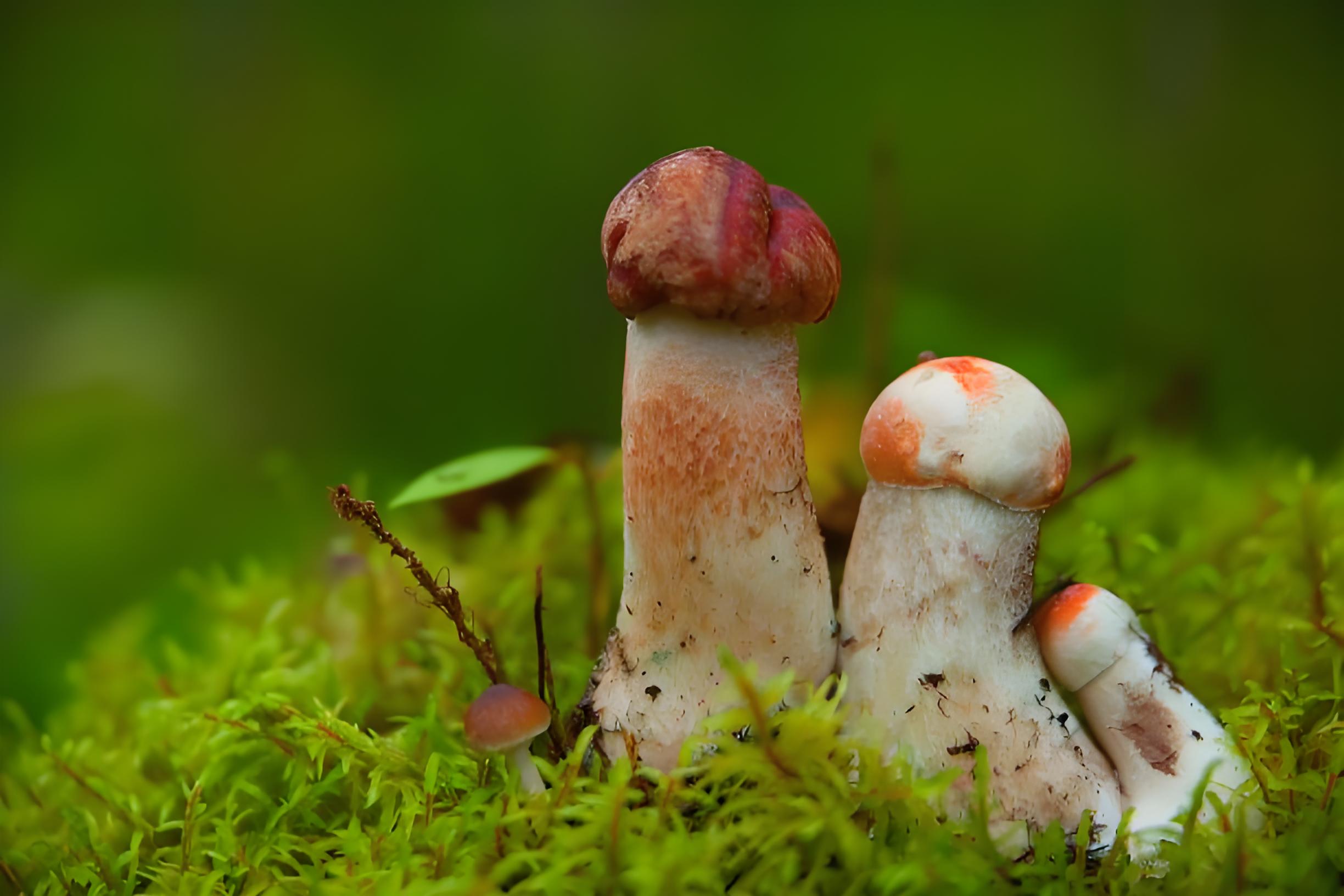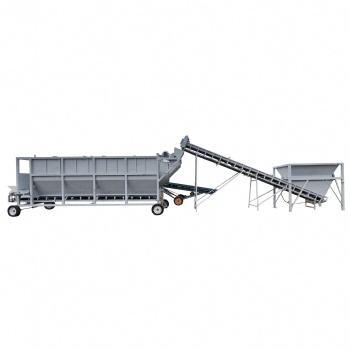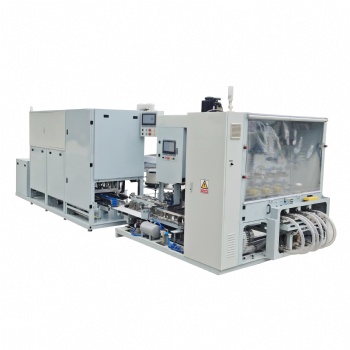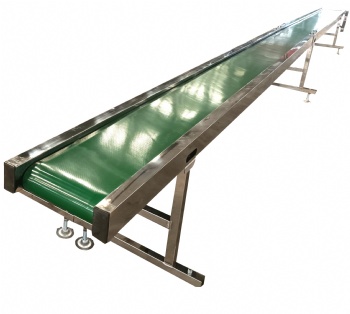News
Discussion on the main ingredients of cultivation in the culture medium formula

The rationality of the cultivation formula of edible and medicinal mushrooms determines the product yield, quality and taste, and the taste affects the market share. Deliciousness is the hard truth. For example, the cultivator observed that the nitrogen content in the cultivation formula of Pleurotus eryngii is relatively high, and the cultivation cycle is only about 56 days. In such a short time, the residual waste bags have reuse value. By adding some nitrogen-containing substances, they are piled up and fermented for the cultivation of straw mushrooms, and then the second biological reconversion is carried out to obtain a good harvest. However, compared with straw mushrooms grown with pure straw, there is a significant difference in taste. This highlights the importance of taste in edible mushroom cultivation. Therefore, when designing the formula, when we look for alternatives to cultivation materials, in addition to considering the wide range of sources, we must also consider the taste of the product to ensure the comprehensive competitiveness of the product.
For example, the cultivation cycle of Flammulina velutipes is short, with a cultivation cycle of only 48 days (bottle cultivation). It does not rely on mycelium to degrade lignin to obtain nutrients, but obtains them from bran and rice bran. As the market price of fresh mushrooms drops, companies need to find alternatives. Idea: Is it easy to obtain the main cultivation materials? Look for high-protein, highly absorbent agricultural and sideline product scraps to replace sawdust, etc. At present, Flammulina velutipes bottle cultivation enterprises have successfully developed a new formula, which completely replaces sawdust with corn cobs. In addition to adding commonly used bran, soybean meal powder, corn flour, rice bran, and sawdust, soybean skins, beet residues, dry bean residues, brewer's grains, and a small amount of cottonseed hulls are also added.
For fungi with short cultivation cycles (such as Pleurotus eryngii, Oyster mushroom, Pleurotus geesteranus, and Flammulina velutipes), it is not necessary to add a large amount of sawdust to the formula. Instead, corn cob particles and highly absorbent cottonseed hulls are used instead of sawdust as the main cultivation materials.
Categories
Contact Us
- +86 15093267083
- +86 15093267083
- amy@zzbelead.com
- +8615093267083




